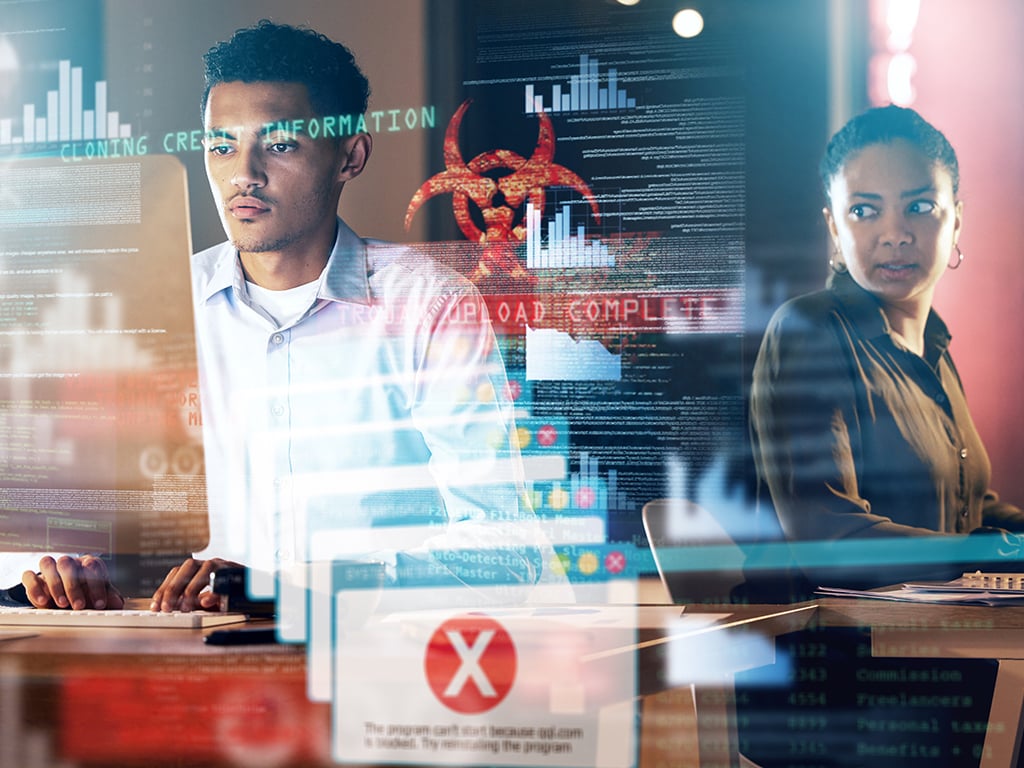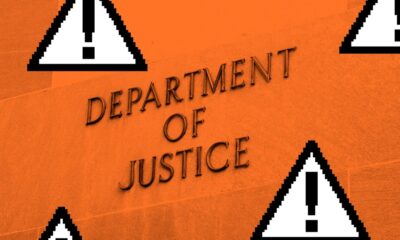Security
Strategic Cybersecurity: Navigating the New Era of Digital Resilience

Today, individuals responsible for cybersecurity and disaster recovery decisions often operate in isolation, focusing solely on the immediate needs of their company without considering the broader context. This approach leads to purchasing products that address specific requirements without fully leveraging existing tools or considering the unique needs of their business or industry.
Unfortunately, this reactive mindset can result in suboptimal outcomes, especially in the face of increasing ransomware attacks, compliance challenges, and prolonged response times to cyber incidents. To address these issues, businesses must adopt a more strategic and solutions-based approach to cybersecurity and DR.
Here are the key steps to achieve this transformation:
Transition from reactive, product-centric to proactive, solution-oriented strategies
Many cybersecurity and DR teams are caught in a cycle of reacting to immediate needs by acquiring new tools, often leading to tool proliferation and increased risk. Before investing in new solutions, businesses should assess and maximize the capabilities of their existing tools to meet regulatory requirements, enhance disaster recovery, and optimize operational efficiency.
While leveraging a product’s full capabilities may seem costly, the potential cost savings can be significant. For instance, downtime resulting from cyber incidents like ransomware can incur substantial financial losses for businesses. By strategically utilizing existing tools, companies can mitigate risks and reduce costs.
Break down silos and foster collaboration among key teams
Siloed infrastructure, network, and security teams can hinder the modernization of cybersecurity and DR plans, leading to disjointed strategies and gaps in coverage. By promoting cross-departmental collaboration and aligning on a unified strategy, businesses can enhance their readiness to prevent, respond to, and recover from cyber threats effectively.
Developing a comprehensive plan that assigns responsibilities, outlines response protocols, and integrates tools and teams can improve incident response coordination and overall cyber resilience.
Engage with a trusted partner for specialized expertise
Collaborating with a reputable partner who focuses on delivering outcomes rather than selling products can provide valuable insights and sector-specific expertise. Partnering with experts who understand cybersecurity, resilience, and industry nuances can help businesses develop tailored strategies to mitigate risks and strengthen their infrastructure.
Industry-specific knowledge is crucial in prioritizing cybersecurity efforts and aligning them with business objectives. For example, financial companies may prioritize data protection, while healthcare organizations may focus on securing sensitive information.
Regularly assess and test cybersecurity and DR capabilities
Given the evolving threat landscape and changing business requirements, it is essential to periodically evaluate and validate cybersecurity and disaster recovery strategies. Establishing a routine testing schedule and conducting internal drills can help identify weaknesses, assess recovery capabilities, and ensure compliance with regulatory mandates.
Automation plays a key role in optimizing IT operations, streamlining processes, maintaining consistency, and enhancing auditability. By embracing automation and continuous testing, businesses can enhance their resilience against cyber threats and adapt to evolving IT challenges.
As organizations face mounting pressure from cyber threats and technological complexity, it is imperative to leverage expertise, foster collaboration, conduct regular testing, and modernize IT infrastructure to build a resilient and predictable business environment.
Chris Millington serves as the Global Solutions Lead for Data and Cyber Resilience at Hitachi Vantara, bringing over 35 years of IT industry experience to his role. With a background encompassing various leadership positions and technical expertise, Chris excels in bridging communication between field organizations, product management, and engineering teams. His current focus on Hitachi Data Resilience and Compliance solutions underscores his commitment to enhancing organizational resilience and compliance in today’s dynamic IT landscape.
-

 Facebook4 days ago
Facebook4 days agoWarning: Facebook Creators Face Monetization Loss for Stealing and Reposting Videos
-

 Facebook4 days ago
Facebook4 days agoInstaDub: Meta’s AI Translation Tool for Instagram Videos
-

 Facebook4 days ago
Facebook4 days agoFacebook Compliance: ICE-tracking Page Removed After US Government Intervention
-

 Facebook5 days ago
Facebook5 days agoBreaking Updates: Meta Connect 2025 Unveils Latest Developments
-

 Cars4 days ago
Cars4 days agoRevving into the Future: Ferrari’s Plan to Unleash 20 New Models, Including Electric Vehicles, by 2030
-

 Video Games5 days ago
Video Games5 days agoGoku Takes on the Dragon Ball FighterZ Arena
-

 Video Games6 days ago
Video Games6 days agoTekken 8: Rise of the Shadows
-

 Amazon6 days ago
Amazon6 days agoNeil Young Takes a Stand: Pulling Music from Amazon in Protest of Jeff Bezos’ Support for Trump






























